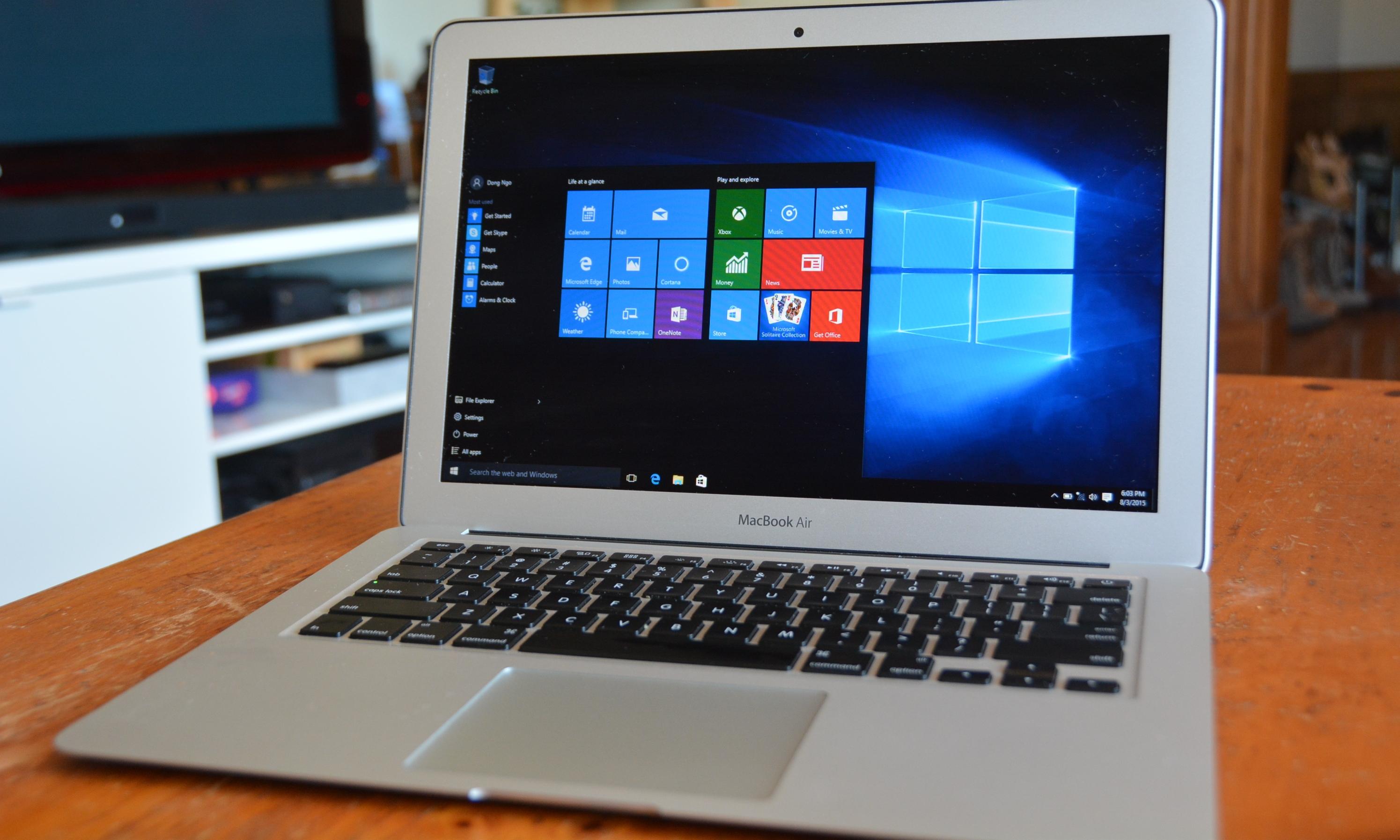

Otherwise, skip to the next step that looks like what you see below. The next few steps only show up if you chose to install Windows manually.I checked it here just to show more options. You can probably leave that option to “Install operating system manually” unchecked, as I did the first couple of times I went through this process. After you’ve selected your image, you’ll get a confirmation that you’re about to install Windows 10 on your Mac.It automatically searches files on your computer, so if you have a lot of images, you might have to choose manually. After choosing Windows, it’s going to ask you where to get your installation image from.For this tutorial, we’re focusing on Windows 10, but the process for Linux should be similar. You’ll quickly see that while Windows is the main option, there are a variety of Linux choices as well. That’s going to bring you to a page asking what you want to create.You’ll land on a screen that tells you that you can’t run an x86 OS on an ARM PC. Just open the installation file, click the button to install it, and follow the very few instructions that appear. What to do to run Windows 10 on Apple Silicon

You can purchase one on Amazon here, or you can buy one through the Microsoft Store. These are really made to be run in Hyper-V VMs, so since Hyper-V on ARM is still in preview, so is the VHDX image.

Parallels Desktop, which you can download here.An Intel-powered Mac works too, but this guide is geared toward ARM Macs. You’ll have to use virtualization software. But no, you can’t do it through Boot Camp. Yes, you can still run Windows 10 on Apple Silicon, such as on the M1-powered iMac. That changes with Apple Silicon.ĭespite the fact that both Windows 10 and macOS run on ARM now, Boot Camp doesn’t work with Apple’s M1 processor. Boot Camp allowed users to dual-boot macOS and Windows, running both operating systems on bare metal hardware. Ever since Boot Camp was introduced on Macs back in 2006, it hasn’t been an uncommon task to run Windows on a Mac.


 0 kommentar(er)
0 kommentar(er)
